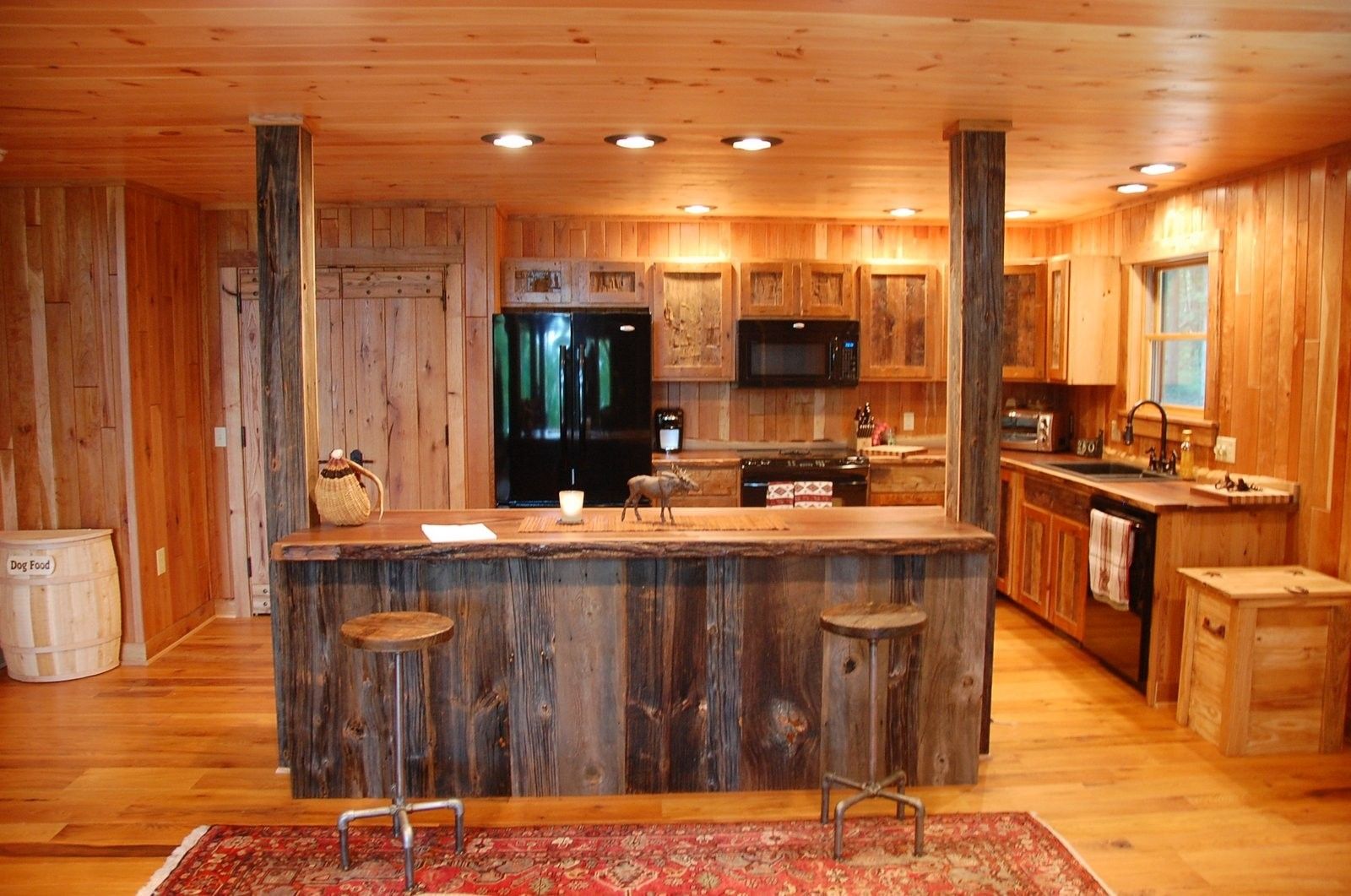The Allure of Natural Wood Cabinets: Natural Wood Kitchen Cabinets

There’s a reason why natural wood cabinets have remained a popular choice for kitchens for generations. They exude a timeless elegance and warmth that other materials simply can’t replicate. The natural beauty of wood, with its unique grain patterns and rich textures, adds a touch of sophistication and character to any kitchen space.
The Benefits of Natural Wood Cabinets
Natural wood cabinets offer a range of benefits that make them a worthwhile investment. Their durability ensures they can withstand the wear and tear of everyday kitchen use, lasting for years to come. Additionally, wood is a renewable resource, making it a sustainable choice for environmentally conscious homeowners.
- Durability: Natural wood is known for its strength and resilience, making it an ideal material for kitchen cabinets that are subjected to daily use. Wood can withstand the impact of heavy pots and pans, the heat from ovens, and the constant cleaning that kitchens require. With proper care, natural wood cabinets can last for decades, providing a long-term investment in your kitchen.
- Sustainability: As a renewable resource, wood is a sustainable choice for kitchen cabinets. Unlike other materials like plastic or metal, wood can be replenished through responsible forestry practices. Choosing wood cabinets can contribute to a more environmentally friendly kitchen design.
- Unique Grain Patterns: Every piece of wood is unique, with its own distinctive grain patterns and textures. This adds a touch of individuality and character to your kitchen, making it truly one-of-a-kind. The natural beauty of wood can create a warm and inviting atmosphere that is both stylish and timeless.
Natural Wood vs. Other Materials, Natural wood kitchen cabinets
While painted cabinets or laminate offer their own advantages, they often lack the warmth, character, and durability of natural wood.
- Painted Cabinets: Painted cabinets can be a good option for achieving a modern or minimalist look. However, paint can chip or scratch over time, requiring touch-ups and potentially impacting the aesthetic appeal. The smooth surface of painted cabinets can also feel less inviting than the natural texture of wood.
- Laminate Cabinets: Laminate cabinets are often more affordable than wood cabinets. However, they lack the depth and character of natural wood. The synthetic materials used in laminate can also be prone to scratches and damage, making them less durable in the long run. Laminate cabinets can also be less environmentally friendly than wood cabinets, as they are often made from petroleum-based products.
Choosing the Right Wood Species

Choosing the right wood species for your kitchen cabinets is a crucial decision that will impact both the aesthetics and functionality of your kitchen for years to come. Each wood species boasts unique characteristics, from its durability and grain pattern to its color and price range. Understanding these differences will help you select the perfect wood for your needs and style.
Comparing Popular Wood Species
The most common wood species used for kitchen cabinets are oak, maple, cherry, walnut, and pine. Each offers a distinct look and feel, making it important to consider the pros and cons of each before making a final decision.
- Oak is a popular choice due to its durability and classic appearance. It has a distinctive grain pattern and is available in a range of colors, from light to dark. Oak is also relatively affordable, making it a good option for budget-conscious homeowners. However, oak can be prone to scratches and dents, so it may require more maintenance.
- Maple is known for its hardness and resistance to scratches and dents. It has a tight grain pattern and a light, creamy color that can be stained to achieve various finishes. Maple is also a good choice for those who prefer a more contemporary look. However, maple can be more expensive than oak and may be susceptible to water damage if not properly sealed.
- Cherry is a beautiful wood with a rich, reddish-brown color that deepens with age. It has a distinctive grain pattern and a smooth, silky texture. Cherry is a good choice for those who want a traditional look and feel. However, cherry is relatively soft and can be prone to scratches and dents. It is also more expensive than oak or maple.
- Walnut is a luxurious wood with a distinctive dark brown color and a beautiful, intricate grain pattern. It is known for its strength and durability. Walnut is a good choice for those who want a sophisticated and elegant look. However, walnut is one of the most expensive wood species used for kitchen cabinets.
- Pine is a softwood that is known for its affordability and warm, rustic look. It has a distinctive knotty grain pattern and a light, yellowish color. Pine is a good choice for those who want a more casual and relaxed look. However, pine is soft and can be easily scratched or dented. It is also susceptible to water damage and may require more maintenance.
Wood Species Comparison Table
Here’s a table summarizing the key characteristics of these popular wood species, helping you visualize their differences:
| Wood Species | Hardness | Grain Pattern | Color | Maintenance | Price Range |
|---|---|---|---|---|---|
| Oak | Hard | Prominent | Light to dark | Moderate | Moderate |
| Maple | Hard | Tight | Light, creamy | Moderate | High |
| Cherry | Medium | Distinctive | Reddish-brown | High | High |
| Walnut | Hard | Intricate | Dark brown | Moderate | Very High |
| Pine | Soft | Knotty | Light, yellowish | High | Low |
